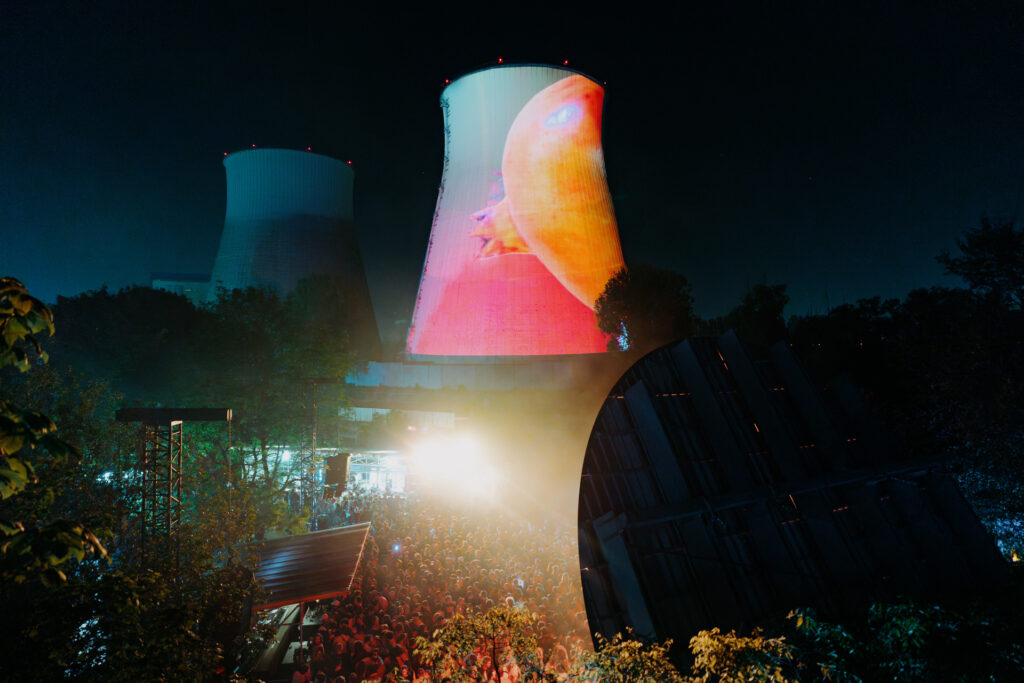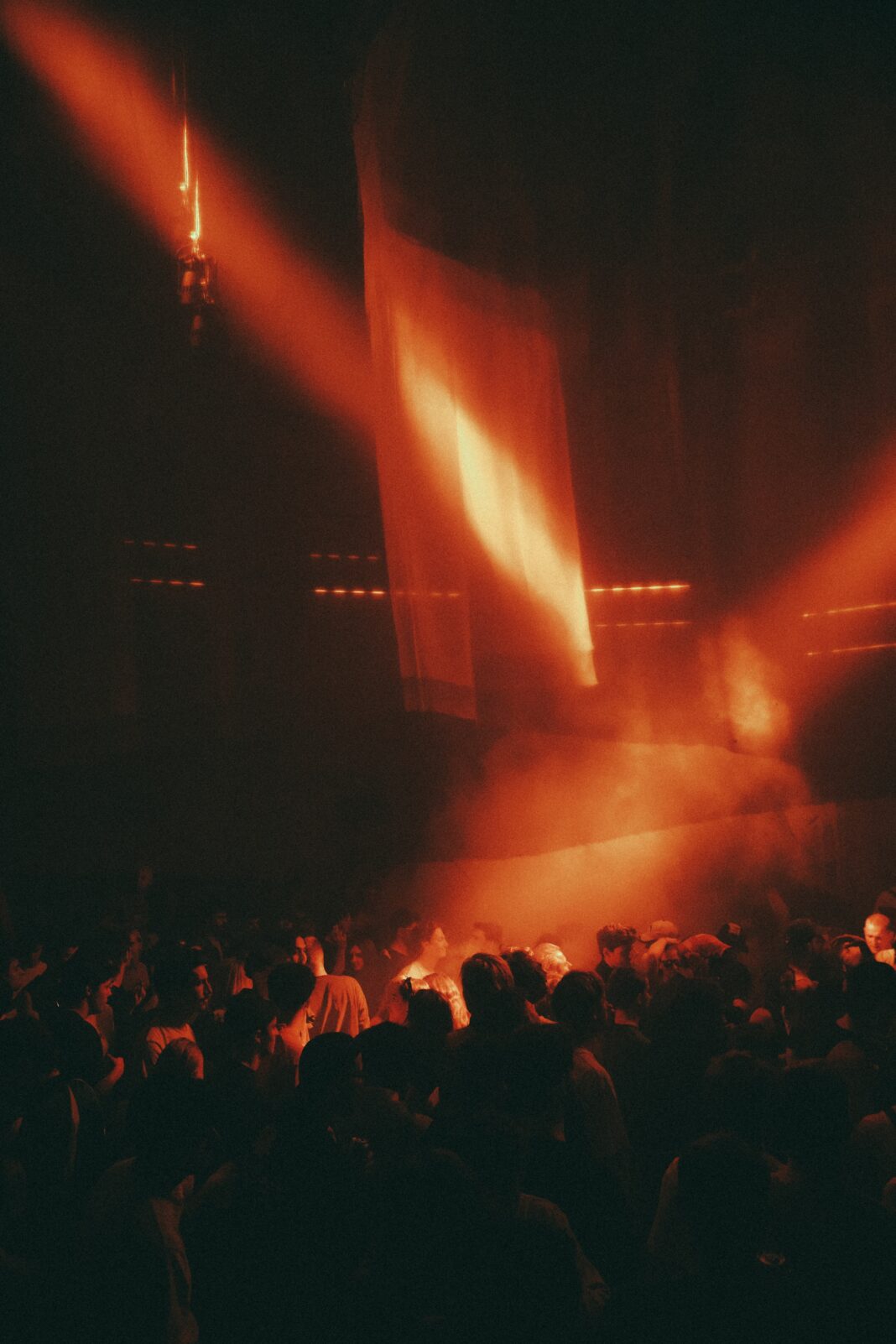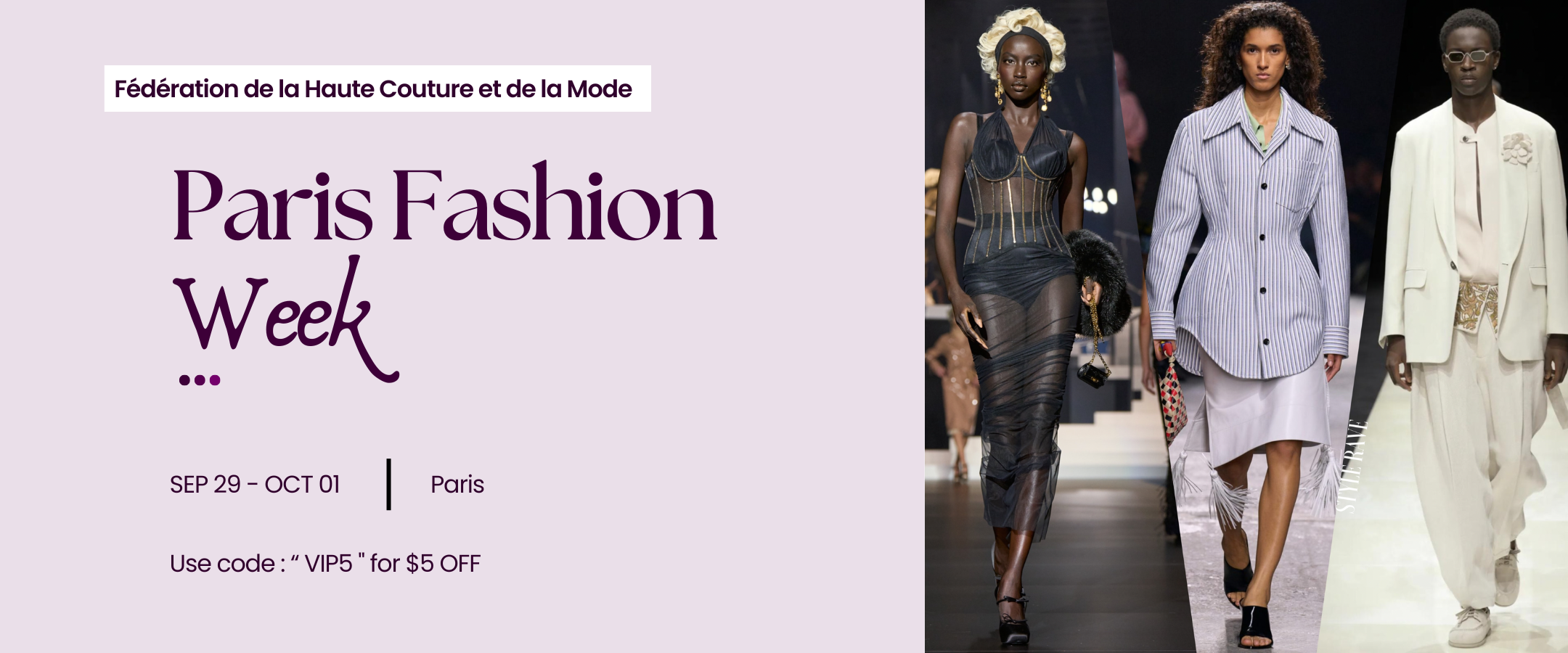An Interview with Co-Founders Simon Nowak and Jochem Daelman
Horst Arts and Music Festival has spent the past 11 years firmly planting itself at the intersection of experimental art, architecture, and electronic music. With each passing year, Horst continues to evolve—not just as a festival, but as a cultural movement that redefines how art and community coexist.
For its 2025 edition, Horst presents “There Will Come Soft Rains”, a summer-long exhibition inspired by Sara Teasdale’s haunting 1918 poem. The title sets the tone for a program that explores themes of resilience, regeneration, and adaptation in a shifting world. The exhibition is a culmination of installations, performances, and pavilions that blur the lines between structure and soul.
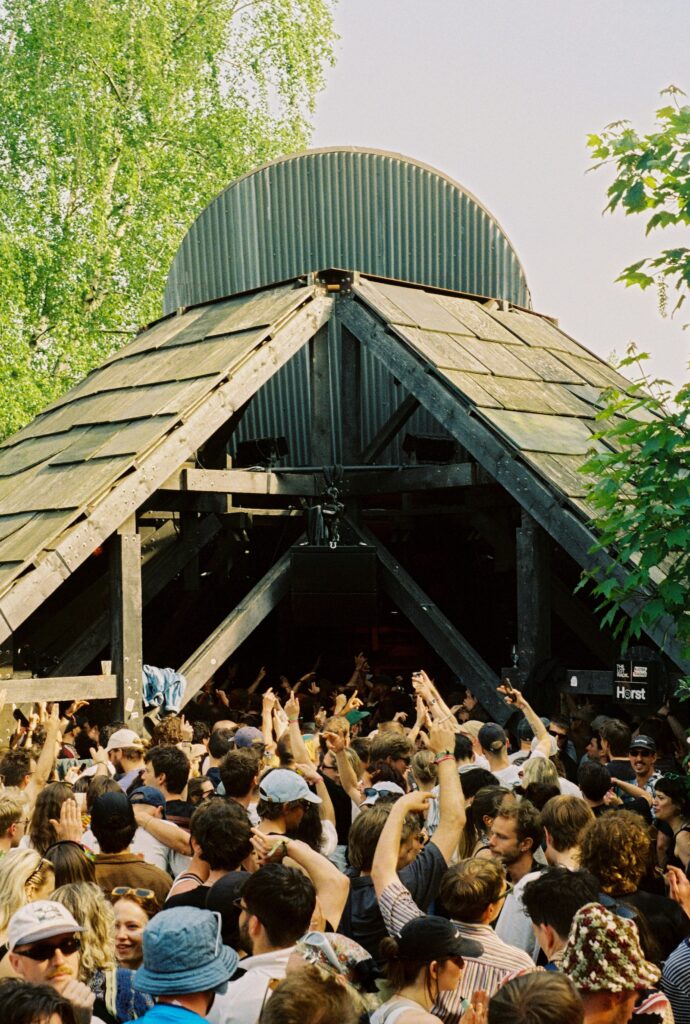
A Playground for Artistic Expression
This year’s commissioned works include architectural marvels by Leopold Banchini x Giona Bierens de Haan x DVS1, Atelier Fanelsa, Jean-Benoît Vétillard, and Alter. Visual and performance art contributions come from a dazzling list including Eddie Peake, Marilyn Minter, Joshua Serafin, and Kenza Taleb Vandeput.
Among the boldest works is Peake’s “The Pervert”—a provocative, gold-painted, nude performance that dances with themes of voyeurism and vulnerability, set to tour across Europe. It’s emblematic of Horst’s fearless approach to art—where nothing is too raw, too real, or too radical.
Club Culture as Core

Co-founder Simon Nowak credits the European underground for shaping the DNA of Horst:
“Back when we started, we were obsessed with clubbing. It was 24/7—bouncing between Brussels, Ghent, Leuven, and Antwerp. But Belgian festivals were still focused on rock and pop. We wanted something that mirrored the club culture we were living: intimate, immediate, and deeply connected.”
That desire gave birth to the idea of staging a summer “off-season” club experience with a twist—one that combined DJ bookings with architectural innovation. The goal was to recreate the intimacy of clubs on a festival scale, bringing the artist closer to the audience—physically and emotionally.
This year’s lineup is a love letter to the underground: DVS1, DJ Stingray 313, and Amor Satyr & Sui Mata lead a roster built on rhythm and reverence for roots. These aren’t just dance floors—they’re temples of movement.
Building Cultural Infrastructure
For Horst, location is everything. Hosted in Asiat Park, a repurposed Belgian military base in Vilvoorde, the festival becomes a living blueprint for urban transformation.
“The city bought the site in 2018,” shares Jochem Daelman. “We were invited to activate and manage it, and we’ve been layering the park with new uses ever since—pavilions, bouldering gyms, creative studios, skateparks. It’s become a creative ecosystem.”
A notable example is The RING, a steel stage originally designed by Piovenefabi, later transformed into a permanent playground with a racetrack, basketball court, and swings—a physical legacy of what art can become when fused with civic purpose.
Investing in the Youth
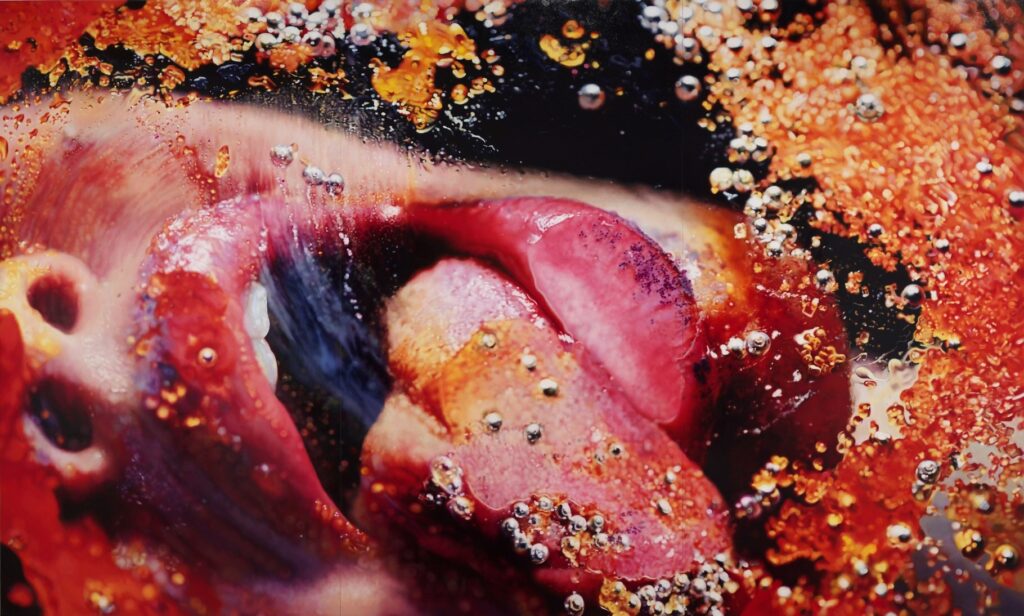
Jochem reflects on their early days and the importance of youth inclusion:
“Before Horst, we were frustrated by how youth culture was ignored in Leuven. We started organizing events not just to present youth culture, but to support it—to give people space to grow, experiment, and be heard.”
That ethos birthed Stelplaats, a youth-driven space also in Leuven. Although Horst no longer manages it day-to-day, the cross-pollination continues, empowering young creatives and audiences across platforms.
A Friendship Forged in Friction
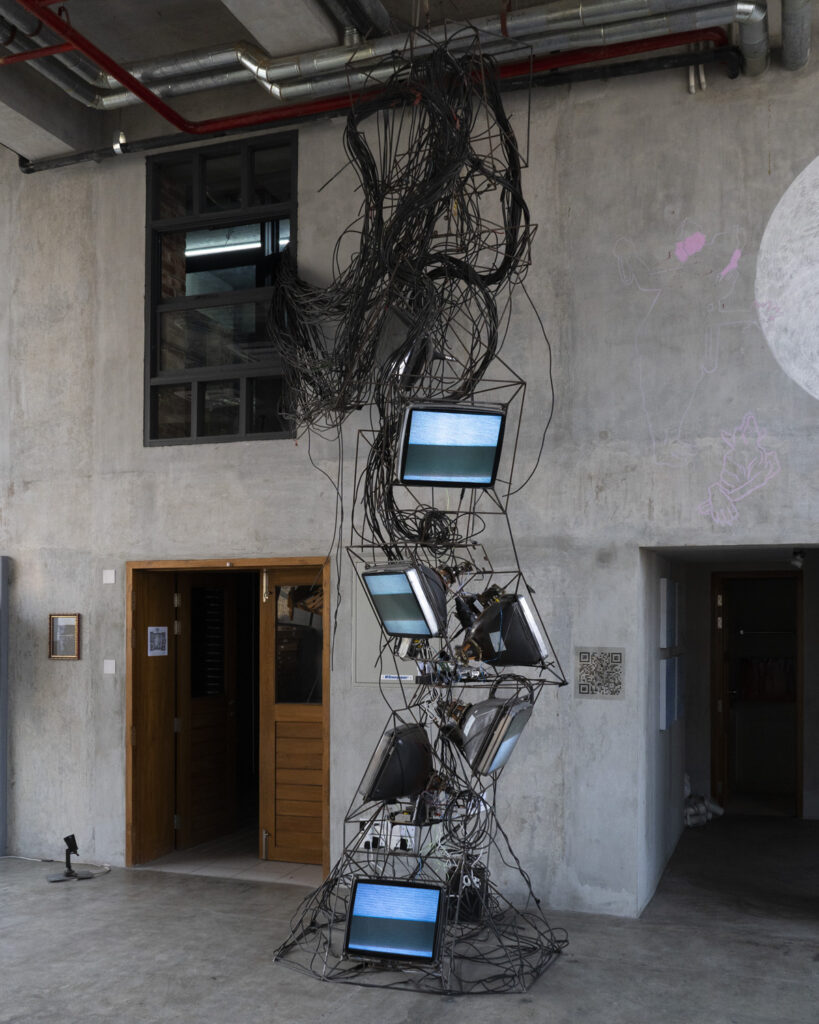
After 11 years of collaboration, Simon and Jochem’s bond has matured through both harmony and heat.
“We’ve had disagreements,” admits Jochem, “but that friction sharpens the vision. It forces clarity. And that’s why we’ve lasted—we always return to the table.”
